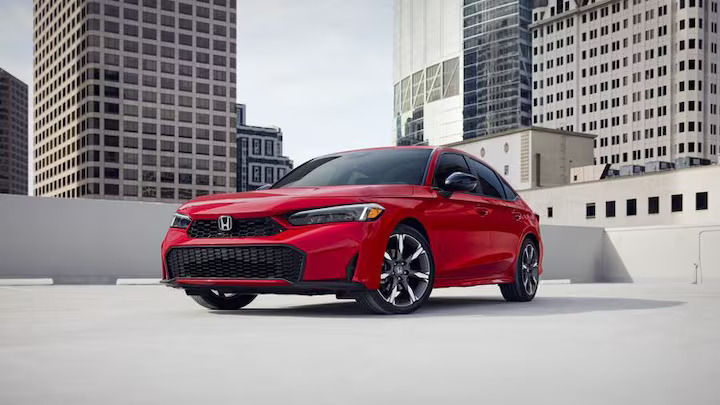Honda to Shift Civic Hybrid Production to America
Honda announced Wednesday that it will move its Honda Civic Hybrid production from Japan to the United States by June or July this year. While Honda didn’t directly cite tariffs as the main reason, industry analysts speculate that recent tariff hikes by the United States on vehicle imports, including those from Japan, have influenced this strategic decision.
A Honda spokesperson explained that the shift in production aligns with the company’s longstanding policy: “We produce cars where the demand is.” This implies that manufacturing the hybrid Civic in the US may better cater to the robust American demand for hybrid vehicles. However, the timing coincides closely with recent US trade policies, notably the increased tariffs imposed on automobile imports, potentially driving up production costs for vehicles manufactured abroad.
Honda Civic Hybrid & Tariffs
US tariffs have significantly impacted global automakers, prompting many to reconsider their manufacturing strategies. By transferring Civic production stateside, Honda can sidestep these higher tariffs, maintain competitive pricing, and secure its market share in the growing US hybrid market. This move may also help Honda streamline its supply chain logistics, reduce lead times, and ensure quicker deliveries to American dealerships.
Though Honda insists the decision isn’t solely due to tariff pressures, the broader context of international trade tensions suggests tariffs are at least partially influencing automakers’ production strategies. Other international automakers responded similarly to US tariffs by shifting or expanding local production.
Ultimately, Honda’s decision reflects a blend of strategic market positioning and pragmatic response to recent tariff hikes. As the automotive landscape continues to evolve amid changing trade policies, Honda’s shift signals a cautious approach aimed at stabilizing costs, boosting efficiency, and catering directly to the large and growing US hybrid vehicle market.

